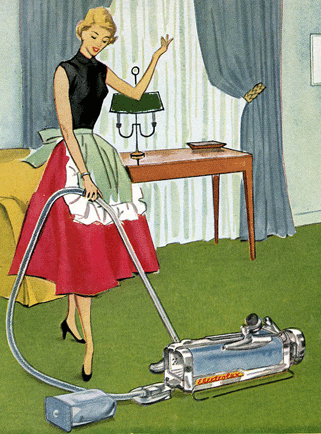|
Thread Number: 40012
/ Tag: Recent Vacuum Cleaners from past 20 years
Making a Central Vacuum Control unit |
[Down to Last] |  |
Post# 424705 , Reply# 1 5/2/2020 at 21:52 (1,447 days old) by luxlife  (Under a Pecan Tree) (Under a Pecan Tree) |
||
|
Looks better than it needs to be And things like that will usually weather well. | ||
| Post# 424711 , Reply# 2 5/2/2020 at 22:19 (1,447 days old) by Lesinutah (Utah) | ||
Idea
The breaker you could use GFI or GFCI breaker. You run the wires directly to a power panel. It's a seperate breaker like hot tubs and central air units have. From the panel direct wire to the system instead of running a switch. If you get an electrical storm the GFI and or the panel auto shuts down the power.
I only mention the panel because you can run direct power wires to it and have stability of GFI and have on off ability all in one. I'm pretty sure my suggestion is overkill when a gfi breaker would suffice. Les | ||
| Post# 424728 , Reply# 3 5/2/2020 at 23:57 (1,447 days old) by MadMan (Chicago, IL, USA) | ||

Nice mod. Personally, if I was going to go through that much trouble, I would eliminate the PCB and use a 24v transformer and a relay. Then again, that's all that's on that PCB anyway.
Les - a GFCI is not meant to protect from surges and such. It's designed for the sole purpose of not letting you make toast and take a bath at the same time. | ||

 Comes to the Rescue!
Comes to the Rescue!